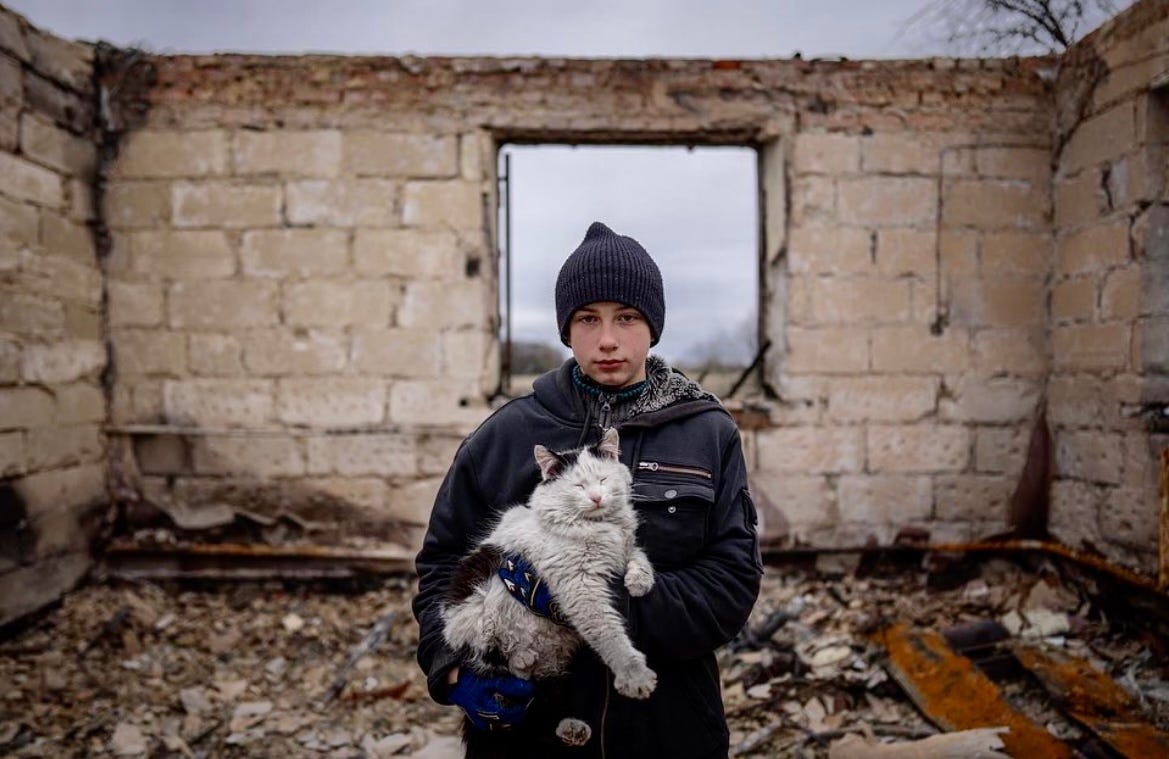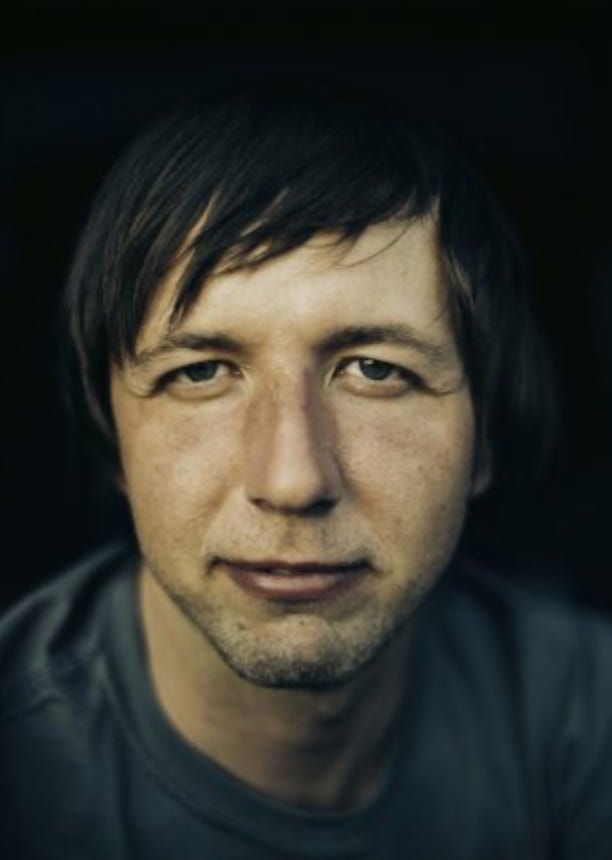Next Up in THE FINE PRINT Global Health Magazine: The Crying, The Crying, The Crying
Special Series: War Photographers on Health, Healthcare, Mental Health and Hope
How do war journalists do what they do?
Most readers see the outcome of the work war photographers do and rarely see the process. How do they file their stories daily? How do these images get to A1 above the fold? What do journalists eat while working within conflict? Where do they sleep? How do they manage their own physical health sometimes without food, electricity, water or reliable access to communication? What do fixers do and what is RISC Training? Are conflict journalists “lone wolves” and “adrenaline junkies” or are they witnesses testifying to the horrors of humanity to better society? What makes them tick and what is their breaking point? How do they manage technical skill with survival? How do they get the story while under threat? How long can someone live on almonds and honey in the field? And, what about their own families?
(Photo by Evegeniy Maloletka)
I recently interviewed colleagues in journalism Evegeniy Maloletka and Brendan Hoffman to dispel the myths about highly skilled, veteran war photojournalists, to shine a light on what they do, who they are, and why they do it.
We discussed how war impacts their mental health, and how they stay resilient in the field. Also, we touched on how clinics, hospitals, and behavioral health long-term care centers have become the intentional targets of modern-day warfare—not only in Ukraine—but worldwide.
I spoke to Evegeniy by phone from an undisclosed location and interviewed Brendan by email.
Brendan Hoffman
Brendan is based in Kyiv where his work reflects his interest in themes of identity, history, politics, conflict, and the environment. Since 2013 he has primarily covered revolution and war in Ukraine. He has worked on assignment in more than twenty countries and is a co-founder of the photography collective Prime.
His work has been published internationally and shown at Visa Pour l’Image, Zoom Photo Festival in Canada, Singapore International Photography Festival, and across Ukraine. He produced a major solo exhibition at the Ukrainian Institute of Modern Art in Chicago and has exhibited in various galleries and educational institutions globally.
He is a regular contributor to major media including The New York Times and National Geographic. He was a 2018-19 Fulbright Scholar in Ukraine, and the 2018 Philip Jones Griffiths Award winner. He has been awarded grants from The Documentary Project Fund, Pulitzer Center on Crisis Reporting, and National Press Photographers Association, among many others.
In 2017 he was named a Reporting Fellow by the South Asian Journalists Association to produce a body of work about the challenges faced by India and Pakistan in sharing water resources in the Indus River basin while confronting climate change and population growth. The project formed the basis for his first feature story for National Geographic Magazine, published in July 2020, and was awarded by Pictures of the Year International. From 2007 to 2013, he was based in Washington, DC, and frequently covered Capitol Hill and the White House.
Evegeniy Maloletka
Born on the Azov Sea, in Berdyansk, Ukraine, Evegeniy graduated from the Kyiv Polytechnic Institute in 2010. He has been covering the war in Ukraine since 2014. He has also covered the Euromaidan Revolution, protests in Belarus, the Nagorno-Karabakh war and the COVID-19 pandemic in Ukraine.
In February and March 2022, during the Russian invasion of Ukraine, photojournalist Mstyslav Chernov, along with Evegeniy, stayed in Mariupol, which was encircled by the Russian troops, under siege, and extensively bombed. Maloletka and Chernov were among the few journalists in Mariupol during that period. Evgeniy’s work documenting the siege of Mariupol has been recognized with the Knight International Journalism Award, Visa d’or News Award and the Prix Bayeux Calvados-Normandie.
Last month he was honored by World Press Photo. He is major contributor to the documentary “20 Days in Mariupol,” co-produced by The Associated Press and FRONTLINE (PBS.) The documentary has been awarded the Sundance Film Festival’s World Cinema Documentary Competition Audience Award.
ADDITIONAL READING
You can preorder the book “Ukraine: A War Crime” now from FotoEvidence.
Learn more about our friends at the PRIME Collective.
Read “Impossible Choices” (CNN) with photographs by Brendan Hoffman.
Read “Voices From Pavlivka” (New York Times Magazine) with photographs by Antoine d’Agata
Read “Ukraine's Health Care on the Brink After Hundreds of Attacks” with photographs by Evgeniy Maloletka






